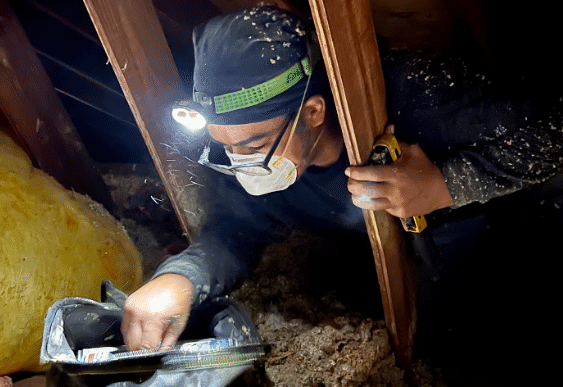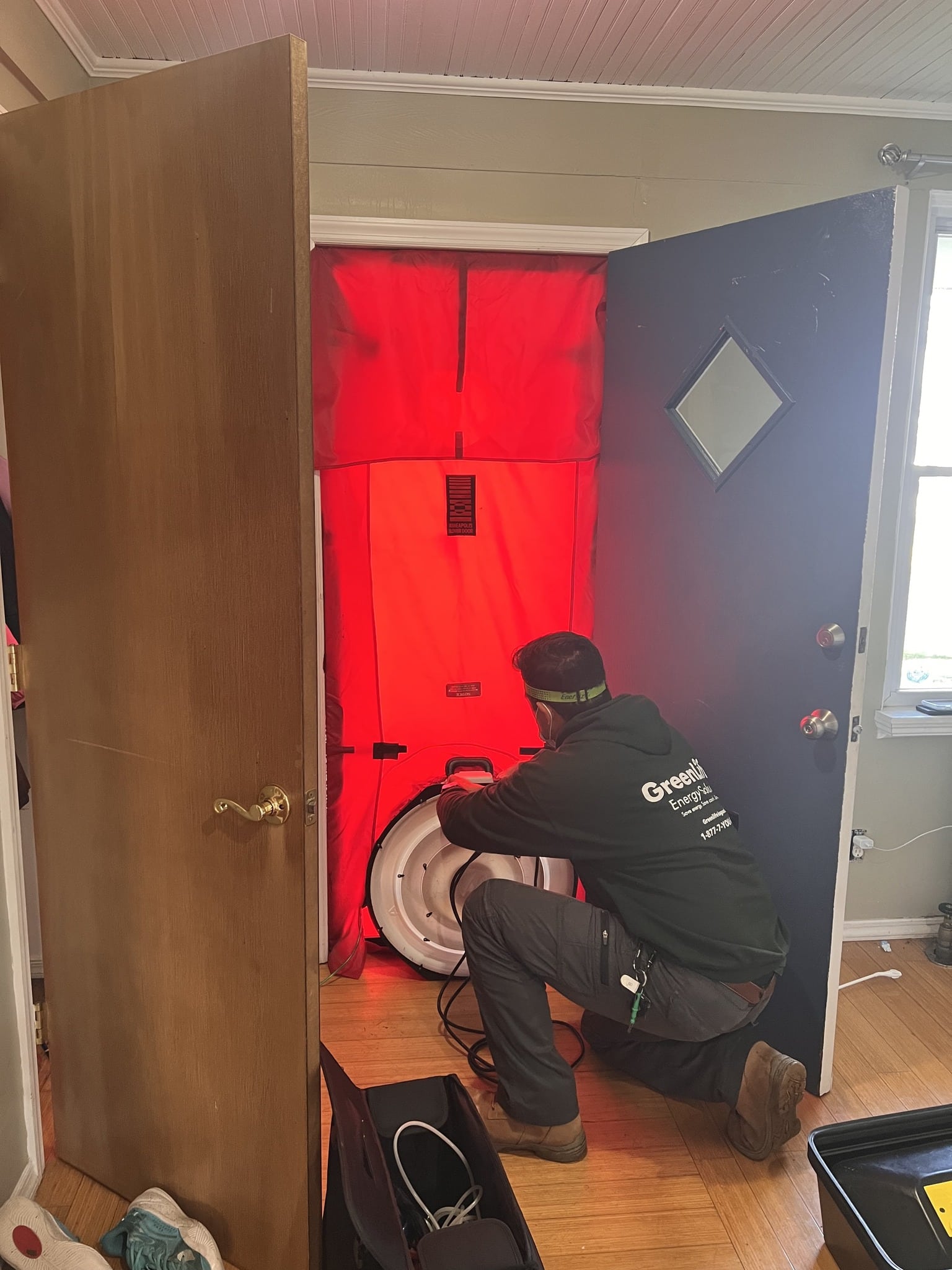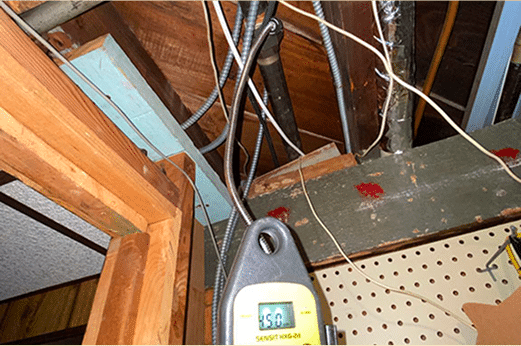
What is an Energy Audit?
An energy audit is a thorough evaluation of your home using our testing equipment to assess measures and ways to save energy and money in your household. These measures can vary, but may include:
- Repairing and cleaning cooling & heating systems
- Insulation upgrades in attics and crawl spaces
- Replacement of refrigerators, showerheads, LEDs, and thermostats
- Window caulking and weather-stripping doors
- & more!
Our Energy Audits:
A BPI (Building Performance Institute) energy audit is a comprehensive evaluation of a building’s energy use, conducted by a certified professional to identify areas where energy can be conserved, and to provide recommendations for improvements that can enhance the building’s energy efficiency and reduce energy costs.
Two tests our BPI Certified team members run in your house are the Carbon Monoxide (CO) Analyzer and the Blower Door test.
Carbon monoxide (CO) is a colorless, odorless, and tasteless gas that is toxic to humans and animals when inhaled in high concentrations. It is produced by incomplete combustion of fossil fuels, including gasoline, diesel, natural gas, and coal.
Carbon Monoxide Analyzer is an instrument that measures the concentration of carbon monoxide in a given gas or air sample.
A Blower Door test is a diagnostic test that measures the airtightness of a building by depressurizing it and measuring the airflow needed to maintain that pressure.
Schedule Your FREE Home Weatherization Audit Today

During the Energy Audit, we evaluate the conditions of:
- Health and Safety (carbon monoxide levels and moisture problems)
- Cooling and heating system efficiency
- Lightbulbs, major appliances, showerheads, thermostats, and faucet aerators
- Air infiltration rates
- Insulation levels
- Hot-water system efficiency
- and other valuable and important areas in your household.
Afterwards, we use the results to generate a work scope for proposed improvements with costs and potential energy saving estimates!
Contact us today for more information on how you can apply for the home weatherization process and energy audit





